Leaderboard
Popular Content
Showing content with the highest reputation on 11/16/2019 in all areas
-
Best aerial footage
Parker and one other reacted to barefoot_dp for a topic
I love Dan Proud's work. I think what attracts me to it is that he's a photographer primarily, so light and composition are at the forefront of his images. The motion of the drone comes second to add an extra punch to an already amazing image, unlike a lot of 'drone guys' where the wow factor only comes from how small a gap they can fly through or how close to they can get to the action. https://vimeo.com/2813833212 points -

Sigma Fp review and interview / Cinema DNG RAW
JJHLH and one other reacted to mechanicalEYE for a topic
2 points -

Anamorfake It!
Bold reacted to Tito Ferradans for a topic
Hey guys! I wanted to share my latest project and there's no better place than here, where I started! The price of scopes on ebay only goes up. To counter that I spent the last two years researching and testing out ways to achieve the anamorphic look WITHOUT actually using scopes - which I call "anamorfaking". Then I turned all of the research into a 170pg guide and put it up on my blog. http://www.anamorfakeit.com I get a lot of suspicious (not to say dismissive) looks when I say I'd rather shoot anamorfake than use most adapters out there. Many folks think that REAL anamorphic will always be superior and better. I'm here to challenge that perspective. If you go on the link above there's a quiz featuring ten images that mix anamorphic, anamorfake or both techniques. See how well you can tell them apart! If you get all correct, there's a discount for the new guide. You can also check the first few pages for free here: http://www.tferradans.com/anamorfake/TFerradans-AnamorfakeDemo.pdf Have you ever used any tricks to craft the anamorphic look? Lens mods, oval cutout filters, fishing line, letterboxing, etc1 point -
Apple releases 16 in MacBook Pro with better thermals!
Mako Sports reacted to Brother for a topic
BM Raw speed test can be found in this video:1 point -
1 point
-
Now imagine this thing mounted on Mavic Mini... Blur it and will fit ; -)1 point
-
Panasonic GH5 - all is revealed!
Cinegain reacted to Video Hummus for a topic
1 point -
The camera sends the lens capabilities back to the app to let it know which functions to disable. What you have circled there is the AF selector that opens up the options (multi point, single point etc) when you click it . It also enables the "manual" focus controls for AF lenses to be accessed when its active by swiping up. If you put an AF lens on the camera you will see these options appear and then disappear again if you swap to a manual lens. If you put an AF lens on but your overall focus setting in the camera is MF then this option is also greyed out as, of course, you have no need to change AF modes if you are set to MF.1 point
-
Anamorfake It!
Tito Ferradans reacted to leslie for a topic
nice to see you got it finished, been waiting awhile to see what you were up to. the link to the guide is active ?. It just hangs in space for me doesn't go anywhere at 6.30 pm on a saterday if thats any help1 point -
1 point
-
8K? Pfff.. Holodecks... ??1 point
-

Blackmagic Micro Cinema Super Guide and Why It Still Matters
BenEricson reacted to BTM_Pix for a topic
Hey @mercer This might seem like a sledgehammer to crack a nut but bear with me. This is the Acsoon CIneEye HDMI that enables you to transmit the HDMI camera output to your Android or iOS device over wifi up to a range of about 100 metres. For just over £200, it does seem slightly overkill to spend that amount when you are only going to be transmitting about 2% of that range and a cynical view would be that used in the way I've got it here makes it is a very, very expensive virtual HDMI cable . And you'd probably be right in that cynicism or perhaps wrong depending on how you work. Starting with the practicals, here is how I have it mounted to the cage. Initially I was finding it slightly awkward to find a good position to mount it because its tripod mount is on the base so I used the cheap mini ball mount to effectively change it to a 90 degree angle. One happy accident of this is that having the adjustable ball head means that when it comes to changing batteries, the ball head can be loosened and the CineEye can be swung away. The phone is mounted with a SmallRig monitor mount and a cheap adjustable phone holder. This combination means that it can be oriented in every direction so you can have standard rear facing, tilted side view or of course front facing. The mount also means that you can just fold it flat when in front facing mode to make it compact to go in a bag. So once its mounted, what can you do with it ? In short, a lot. It offers a range of selectable monitoring options including Grey Scale Monochrome Focus Peaking Zebras Safe Mark Center Mark Histogram LUT loading And of course a false colour mode There are also options to punch in and also some anamorphic de-squeeze mode but I haven't tested those. The big question of course with these wireless solutions is latency and the figures quoted by Acsoon are 140ms for iOS and 200ms for Android and whilst I've only tested it on Android and wouldn't really challenge their figure. In practical terms, I'm OK with that sort of latency that I'm getting with it in use and bear in mind that my Samsung phone (and possibly yours) needs a build of their app that uses software decoding so is likely a worst case scenario. I haven't used this combo in a heavily saturated WiFi area (though to be fair, the amount of different routers in my house probably does replicate a small town ) so I can't give any idea about performance impact but the CineEye does actually seek out the clearest WiFi channel to use when it boots up so at least there is some method to try and counteract it and the channel can also be set manually. What else can it do that a monitor can't to justify getting one? Well for one thing, as its wireless you can just unclip the phone and go and monitor from anywhere around the set which is a boon for anyone working on their own who is positioning lights or altering a mic boom etc to not have to go back to the camera to confirm the changes. The signal can also be shared by up to four different devices so if you are working in a larger crew then they can have their own feed or you can have it on a bigger tablet on a stand etc Another aspect that can also be beneficial using phones to monitor on is that a lot of them have very high brightness levels. The overall form factor is also helped by how much slimmer a phone is compared to a monitor. As both the phone and CineEye have internal power (the CineEye run time is about 4 1/2 hours) then there is an additional big saving in not having to use additional power. Does all this mean that its better than a dedicated wired monitor ? On a technical level in terms of resolution and latency then thats a firm No. However, its certainly more flexible and far less hassle to power and depending on how you work that might make it more appropriate. More product info here https://www.bhphotovideo.com/c/product/1485196-REG/accsoon_cineeye_wifi_full_hd_5g.html1 point -
1 point
-
It was using just the LCD panel that I had for a Pi rather than the Pi itself. Like this one If you actually did want to incorporate a Pi into the equation though, you could use an HDMI to CSI-2 bridge such as this one to get the signal into it in combination with OpenCV to make a solution with monitoring functionality such as false colour, focus peaking etc.1 point
-
Here's the 1st bunch of field payload tests popping up as predicted last week: And more tests with the stock camera where the 2.7K resolution seems perfectly balanced offering less crisp outcome comparing with the previous models IMHO: The less saturation the better to my eyes as well:1 point
-
Who are the judges? Can we ask them take an IQ test? Or maybe its too late for IQ test and we should consider MRI scan. I think some parts of their brain have serious issues.1 point
-
RED claim victory in Apple RAW patent battle
IronFilm reacted to KnightsFan for a topic
I feel bad for the researchers in 2025 who invent an amazing new compression method to fit 12k 240fps RAW onto an SD card, only to find that their invention has been owned by RED for 20 years.1 point -
It's worse, applying jpeg2000 to Bayer is obvious and at video rates rediculously obvious. Plus we discuss using jpeg2000 for Bayer at video rates looking to the higher than 2k resolution era publicly before Red patent or even existence I think, so that in itself would make it unpatentable, as prior public knowledge. Stuff, I'm the one that suggested to them 4k, do I get to patent everything 4k, of course not! They only get to patent one particular type of new Bayer compression algorithm and the unique, new unobvious differences in it. That's how it is suppose to work.1 point
-
RED claim victory in Apple RAW patent battle
IronFilm reacted to Video Hummus for a topic
Of course! Sounds ridiculous right? Just swap “car” with “camera” and “engine cylinders” with “resolution” and “speed” with “frames per second” and you have essential what the RED patent is. Bayer sensors existed before RED Bayer data existed before RED. The jpeg2000 Compression existed before RED. Hence adding “two more cylinders” is the same as RED adding “Bayer compression” to existing technology and then essentially getting a patent for “cars with certain sized engine going faster than X speed (a camera recording at 4K Bayer resolution at least 23 fps). All that shit existed before except the jpeg2000 compression to Bayer data. I have no problem with that part. Putting OBVIOUS things like FPS and resolution gives RED a blanket patent on compressed BAYER data 4K and up at 23 FPS and up. Which is absolutely ridiculous. If the patent instead said 4K and up at least 23FPS using X unique algorithm implementation then that’s fine. REDs patent is a blanket patent on ANY implementation. What if I have a better algorithm that improves on jpeg2000. Nope, RED by defaults owns that space from 4K to infinity and 23 FPS to infinity. It’s complete bullshit. Ans what about stills cameras? That have been shooting compressed RAW for years before RED was even a twinkle in Jim’s eye? Suddenly they can’t shoot more than 23 FPS because they will be infringing on REDs patent NOT because they are using the same compression technology as RED but simply because they hit a arbitrary number that RED claims an patent over. It’s moronic.1 point -

RED claim victory in Apple RAW patent battle
IronFilm reacted to Lars Steenhoff for a topic
First I don't think this is true, and even If it is, then it also applies to a compressed raw in a still camera. When the next generation stills cameras from Nikon or canon can shoot stills at 24 frames per second with compressed raw red should start a court case against them.1 point -
To those worried or wondering on regulations and why Mini version has popped up, here is (in Italian) :1 point
-
A 2 min documentary profile I did over the summer. GH5,HLG,Sigma 18-35 and graded in resolve with filmconvert.1 point
-
-1 points


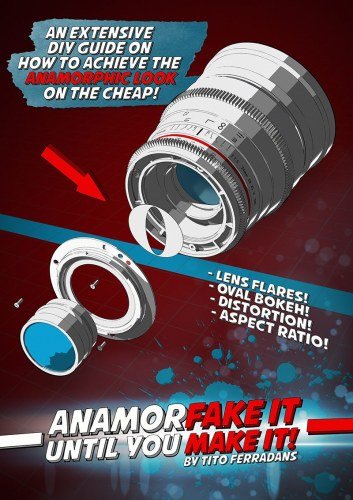


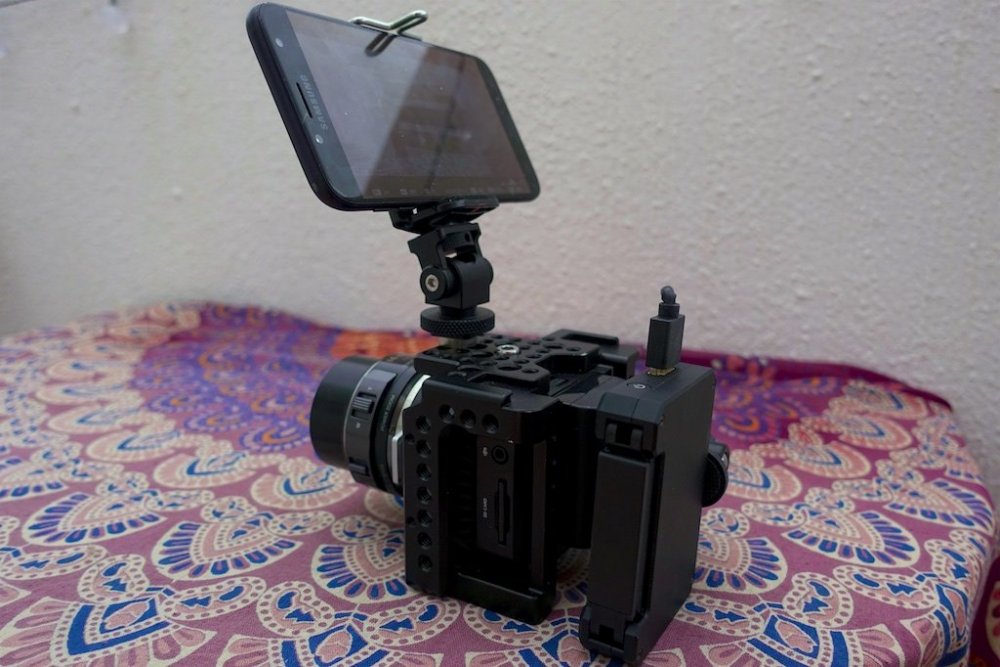
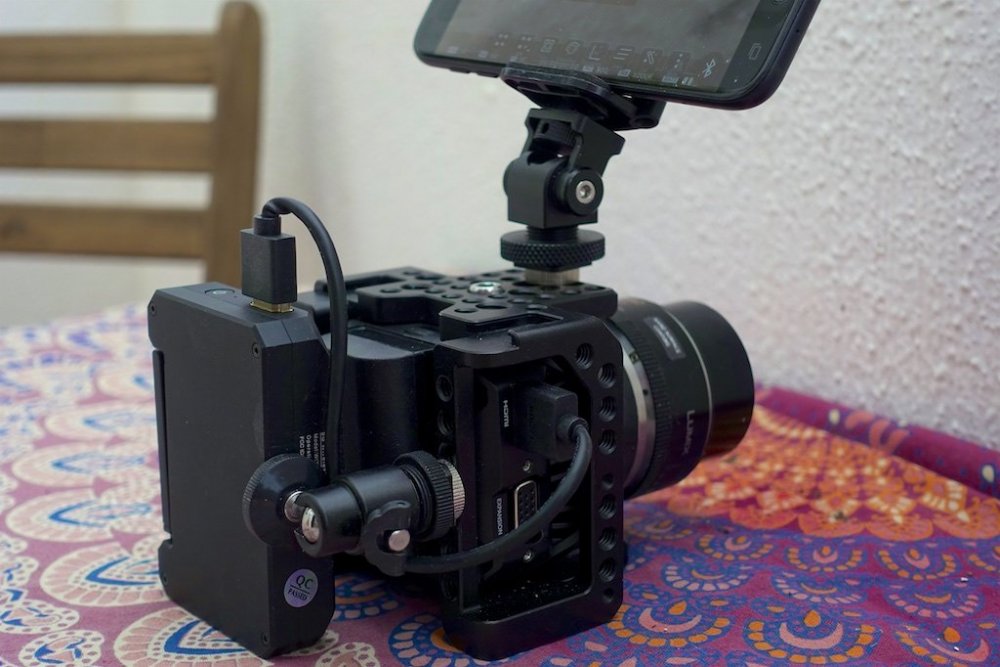
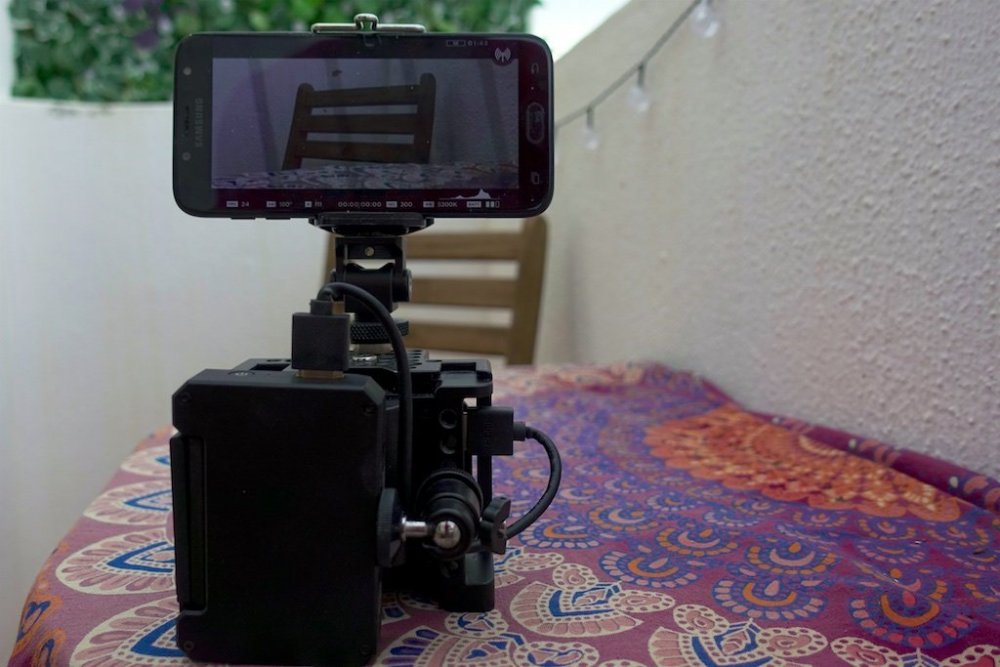
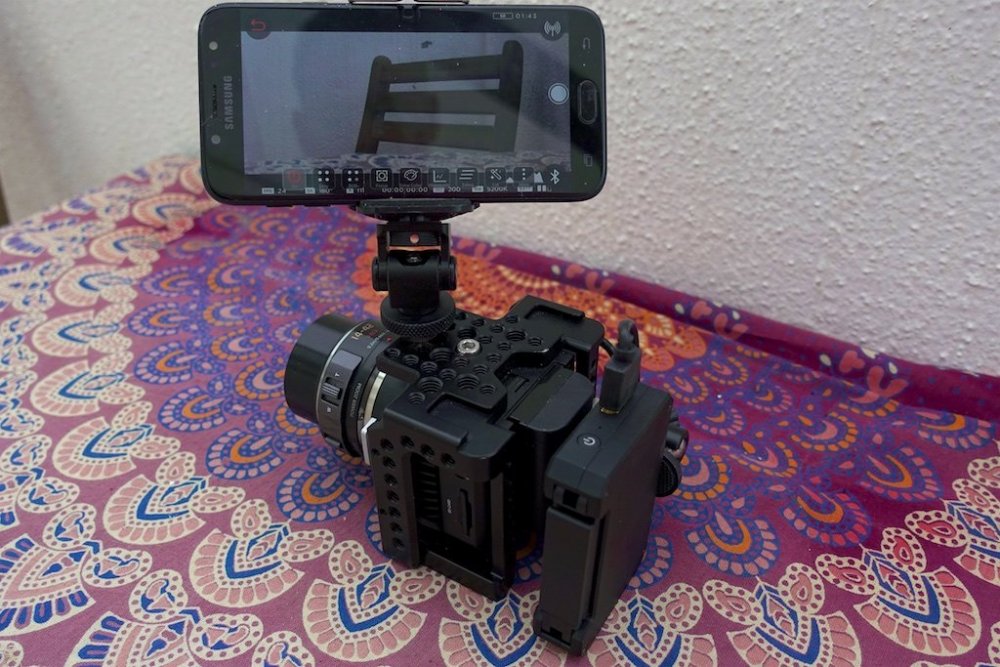
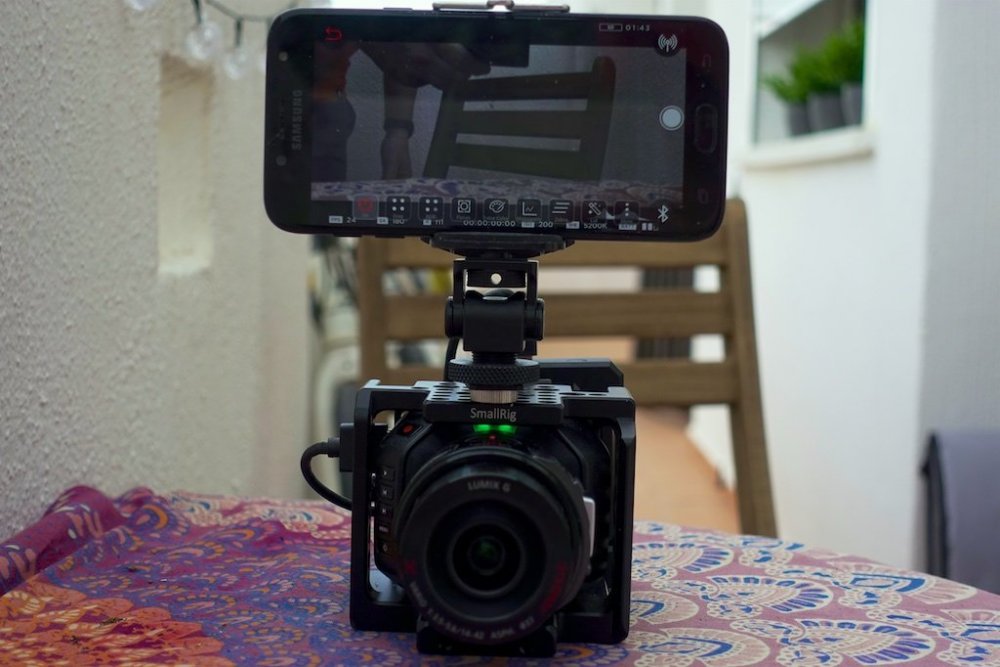
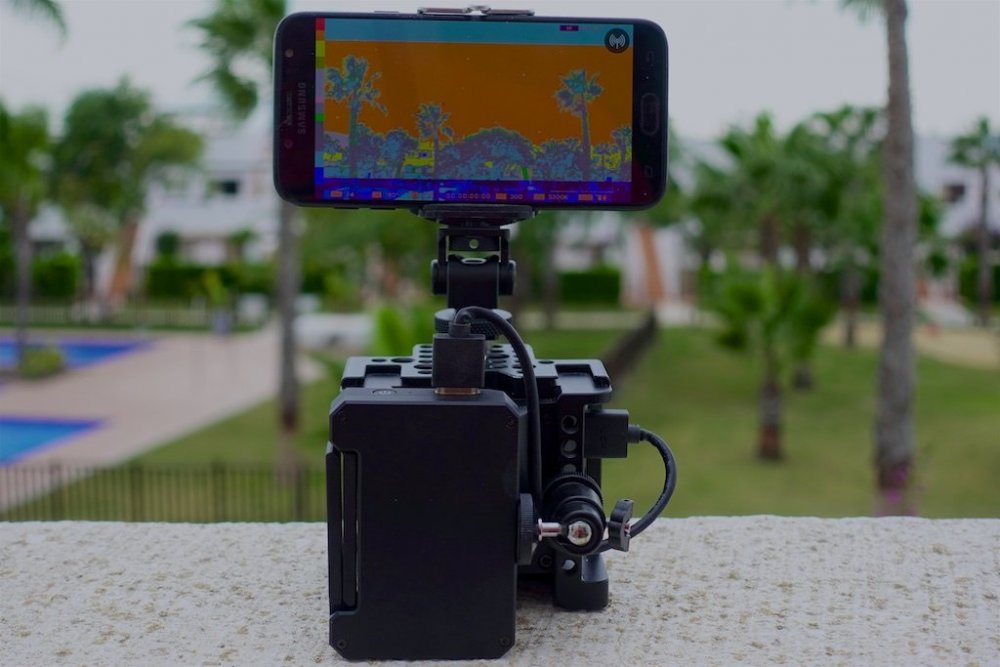
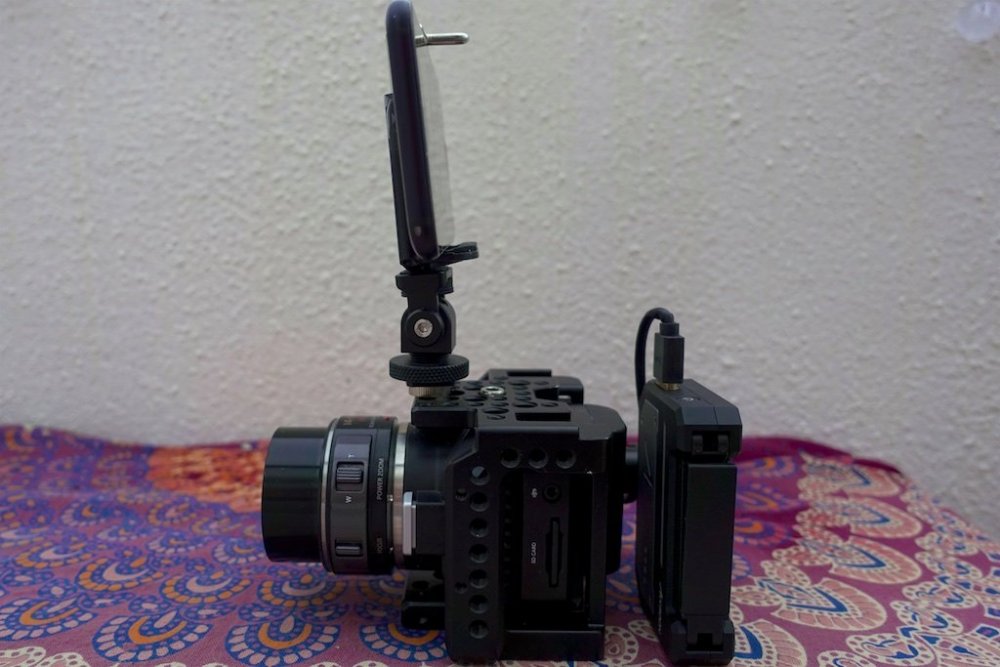

.jpg.b9d01b8cf30fc7a91c6e1d9442dfc8ae.jpg)